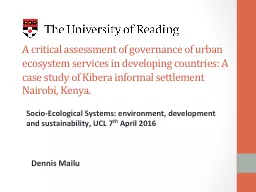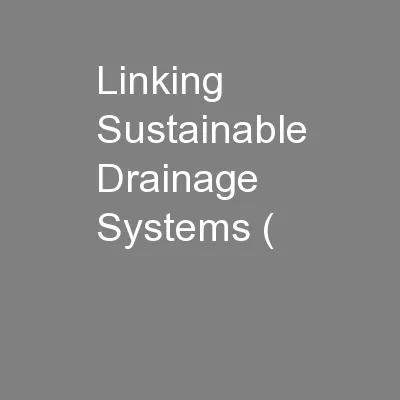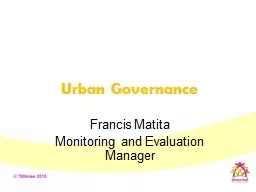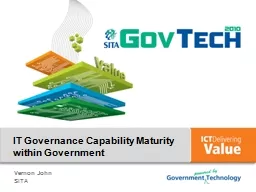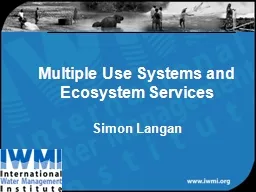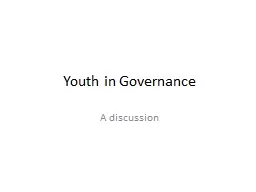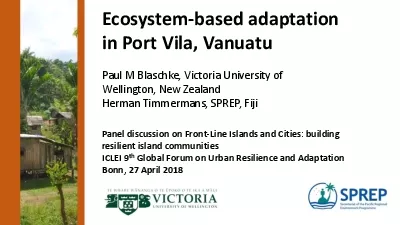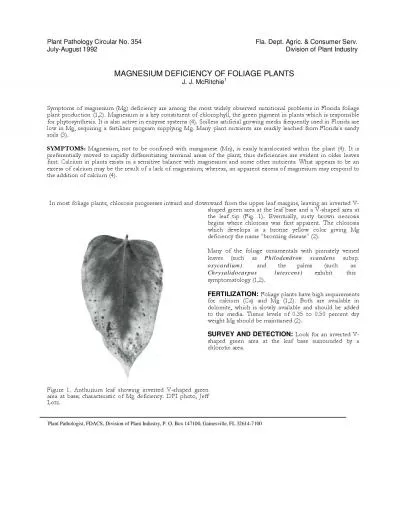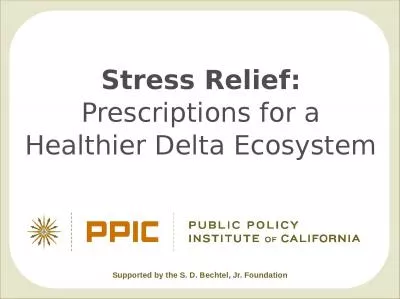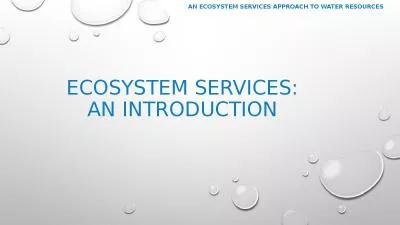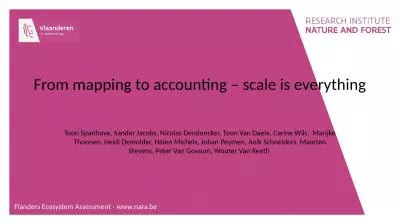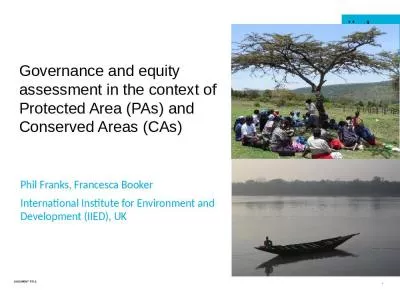PPT-A critical assessment of governance of urban ecosystem serv
Author : kittie-lecroy | Published Date : 2017-05-26
Dennis Mailu SocioEcological Systems environment development and sustainability UCL 7 th April 2016 Urban ecosystem services Urbanization By 2050 that every two
Presentation Embed Code
Download Presentation
Download Presentation The PPT/PDF document "A critical assessment of governance of u..." is the property of its rightful owner. Permission is granted to download and print the materials on this website for personal, non-commercial use only, and to display it on your personal computer provided you do not modify the materials and that you retain all copyright notices contained in the materials. By downloading content from our website, you accept the terms of this agreement.
A critical assessment of governance of urban ecosystem serv: Transcript
Download Rules Of Document
"A critical assessment of governance of urban ecosystem serv"The content belongs to its owner. You may download and print it for personal use, without modification, and keep all copyright notices. By downloading, you agree to these terms.
Related Documents

